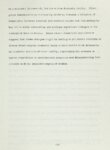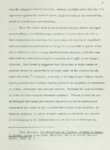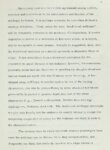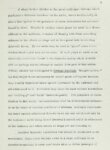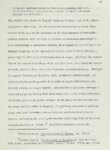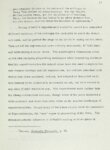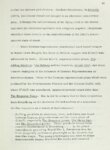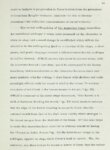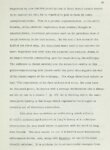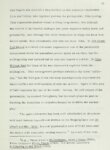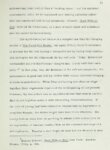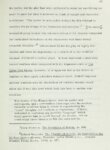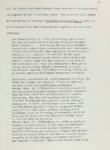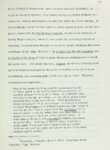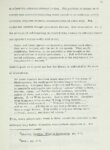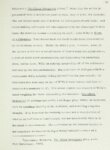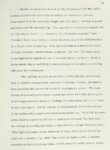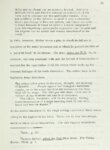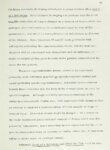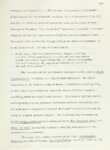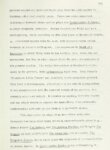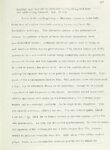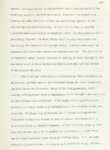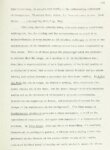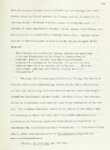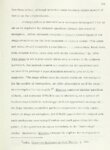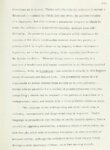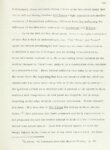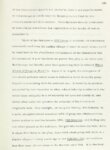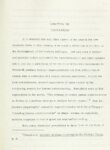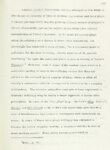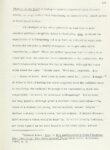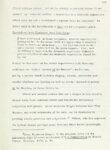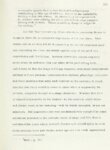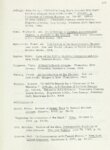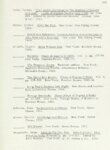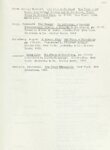| Description |
Although drama, by its very nature (the presentation of human beings in action) tends to be external, it may well be that most serious dramatists are really more interested in inner reality. Historically the soliloquy has been the chief means by which dramatists have expressed this inner reality. However, at the end of the nineteenth-century several factors combined to create a new paradox: on one hand, a heightened interest in the exploration of inner reality in drama, and on the other, the rise of Naturalism in the theatre, which, in its emphasis on the accurate representation of external phenomena, discouraged the use of the traditional soliloquy. As a result, many significant twentieth-century playwrights have discarded the form of Naturalism while retaining its concern with psychological determninism, and have turned again to the soliloquy, finding a wide variety of ways to adapt it to their explorations of inner reality. Some have borrowed from the stream-of-consciousness technique in the novel and from film techniques and many have relied on new directions in theatrical design and technology to bring their ideas to the stage. |








